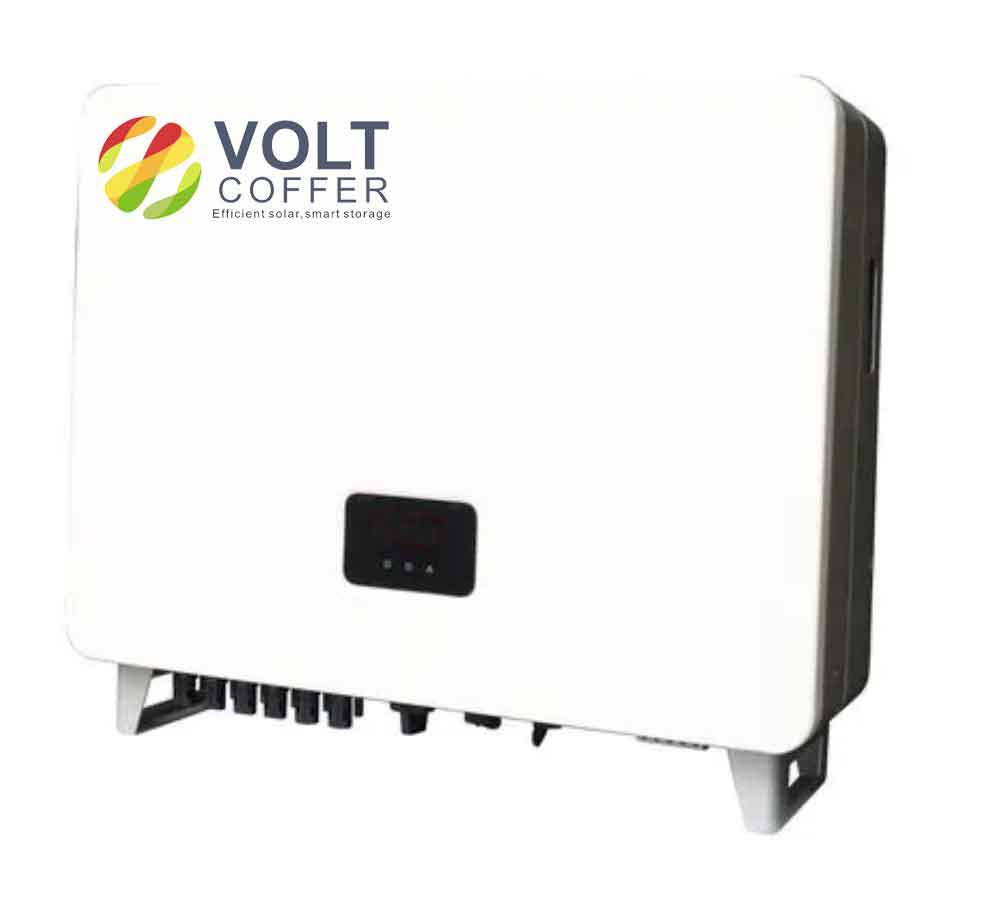Conducting a cost-benefit analysis for deploying islanding inverter in industrial versus residential sectors involves examining the economic implications, efficiency gains, and overall utility of the technology in each setting. This analysis can help stakeholders decide on the viability and strategic placement of islanding inverter. Below is a detailed framework and considerations for this comparative analysis:

Initial Investment Costs
Industrial Sector:
- Higher initial costs due to the need for larger, more robust systems capable of handling significant energy loads.
- Potential additional expenses for customizing systems to meet specific industrial requirements and safety standards.
Residential Sector:
- Generally lower investment costs because systems are smaller and standardized.
- Potential discounts or incentives available for residential solar installations, which could reduce upfront costs.
Operational Savings
Industrial Sector:
- Substantial savings on energy bills due to large-scale energy consumption; using solar energy can significantly cut costs.
- Possibility to earn revenue through demand response programs and by providing ancillary services to the grid, such as frequency regulation or reactive power support.
Residential Sector:
- Savings are typically proportional to the reduction in reliance on grid electricity; these can be significant over time but are generally less than in industrial applications.
- Enhanced energy independence, especially in areas with high electricity rates or frequent power outages.
Maintenance and Longevity
Industrial Sector:
- Higher maintenance costs due to the complexity and scale of the systems.
- Potentially longer lifespan if systems are robustly built and well-maintained, considering the heavy usage.
Residential Sector:
- Lower maintenance costs due to simpler systems.
- Life expectancy might be comparable to industrial systems but could vary based on usage patterns and environmental factors.
Benefits of Islanding Capability
Industrial Sector:
- Critical for businesses where power outages can lead to significant losses due to halted production or damaged equipment.
- Provides energy security and operational continuity, which can be crucial for compliance with regulatory standards and contractual commitments.
Residential Sector:
- Increases comfort and security during power outages by powering essential loads such as heating, cooling, and refrigeration.
- Particularly beneficial in regions prone to natural disasters or frequent grid instability.
Payback Periods and Return on Investment (ROI)
Industrial Sector:
- Although the initial investment is higher, the larger scale of energy production and potential additional revenue streams can lead to a quicker payback period.
- ROI is enhanced by operational savings and potential earnings from energy sales and grid services.
Residential Sector:
- Typically, a longer payback period due to smaller scale savings and lower potential for revenue generation.
- ROI is mostly realized through direct savings on household energy bills and increased property values.
Conclusion
The decision to deploy islanding inverter in the industrial versus residential sectors should be guided by a detailed analysis of costs and benefits in each scenario. For industrial applications, the focus might be on continuity of operations and large-scale cost savings, while for residential settings, the emphasis might be more on energy independence and security. Each sector offers unique advantages, and the choice largely depends on specific needs, economic considerations, and strategic energy management goals.
